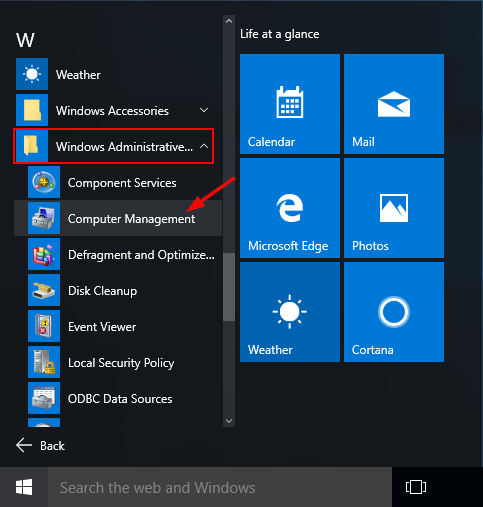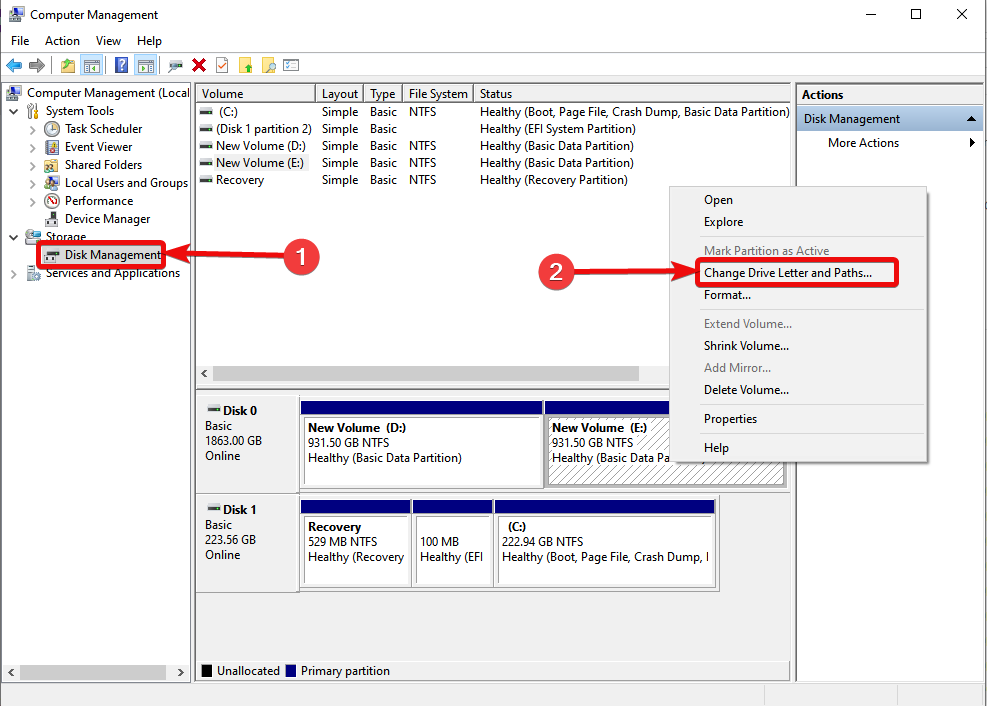


In addition, large files and folders can take forever to send via email. When folders start to get big and have several files in them - or just a large file, they take up more space on your computer. Want to learn more? Take an online course in Windows 8.

You can sort the information in different ways too, such as name, size, or date created. Using the View tab, you can adjust how you view the contents of your drive and the folders on it. You use the Share tab to share files and send them to others - or to share with other uses on your computer. You can use the Home tab to copy/paste items, organize, delete items, create new libraries or folders, and open/select files and folders. You use the File tab to open a new File Explorer window, display files and folders for frequently visited places, delete your browsing history, or close File Explorer. If you click the File tab, you'll see this:

There are four tabs on the ribbon: File, Home, Share, and View. Let's take a look at the ribbon and become familiar with the tasks you can complete using it. If you use MS Office, then you are already familiar with a ribbon. Step 3: In the left pane of Computer Management, expand Storage and then click Disk Management to open the Windows Disk Management window.File Explorer existed in Windows 7 as Windows Explorer, but it's been upgraded in Windows 8 to include a ribbon. Step 2: Right-click on This PC icon in the left navigation pane, and then click the Manage button to open the Computer Management window. Method 5 of 5 Open Disk Management via Computer Management Step 3: Next, under Administrative Tools, click the entry titled Create and format hard disk partitions to open Disk Management. Step 2: Once the Control Panel window is opened, click System and Security. The easiest way is to open the Run dialog box (use Windows logo + R hotkey), type Control in the box, and then press Enter key. There are a couple of ways to open the Control Panel in Windows 8/8.1. Method 4 of 5 Launch Disk Management from Control Panel Step 1: In the taskbar/Start search, type Disk Management or diskmgmt.msc and hit the Enter key to open the Disk Management window. Method 3 of 5 Open Disk Management using Start/taskbar search Step 2: Type Diskmgmt.msc in the Run dialog box, and then hit Enter key to open Disk Management. Step 1: Open the Run dialog box by simultaneously pressing the Windows logo key and R key. Method 2 of 5 Open Disk Management via Run command


 0 kommentar(er)
0 kommentar(er)
